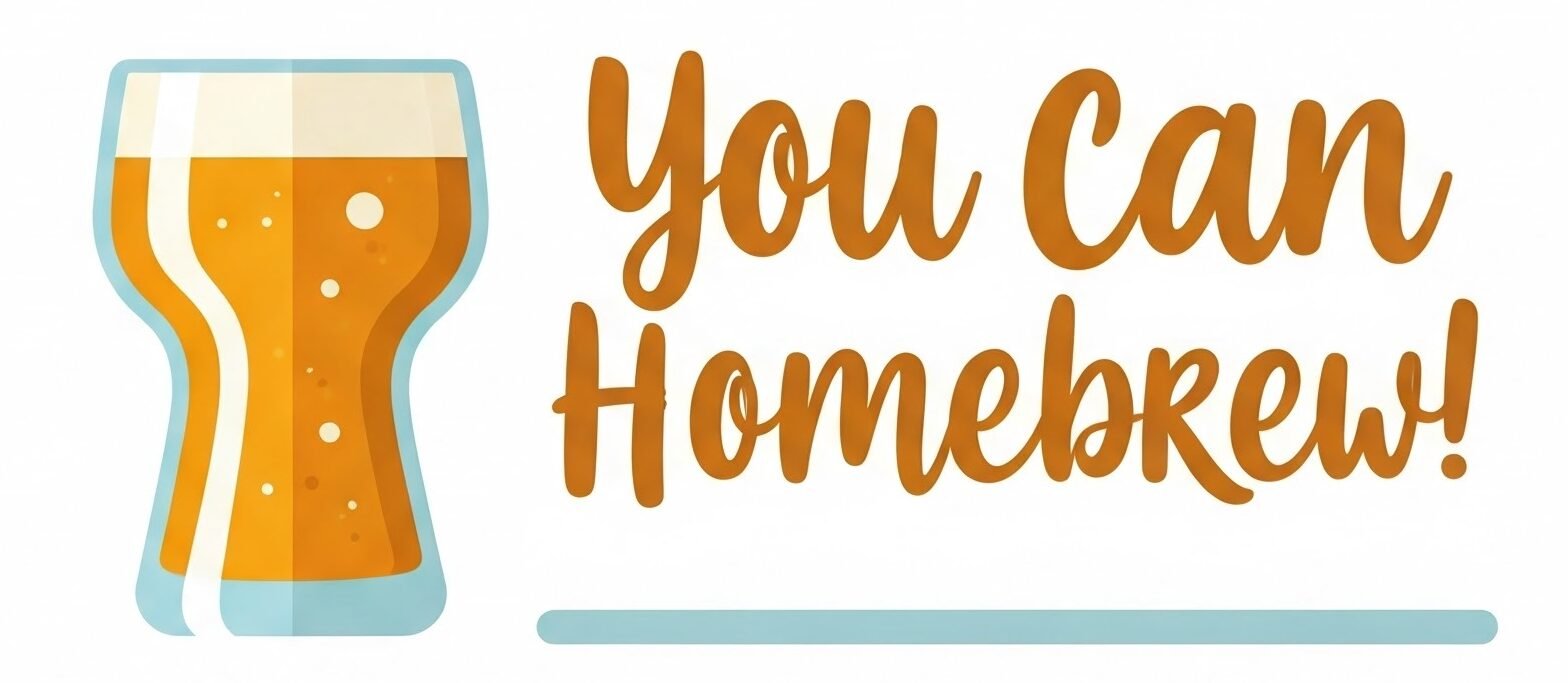Mashing is the first, and some say the most important, step in home brewing, where malted grains are rested in hot water to convert starches into fermentable sugars. There are several mashing techniques that brewers can use, depending on their equipment, desired beer style, and experience level.
One of the simplest methods is single infusion mashing, where the grains are steeped at a consistent temperature, typically between 148°F and 158°F, for an hour. This method is the most common in home brewing and is ideal for well-modified malts, as it effectively extracts sugars without requiring additional temperature adjustments. Lower temperatures in this range produce a drier beer with more fermentable sugars, while higher temperatures result in a fuller-bodied beer with some residual sweetness.
Single-infusion is the method I use for most of my beer brewing. Here are the basic process steps:
- Collect 8 gallons of strike water (recipe is based on using distilled or RO water):
- 5-6 gallons for mash, plus 2-3 gallons for sparge
- Heat strike water to 2-3°F above the desired mash temperature
- 5-6 gallons for mash, if sparging
- If using no-sparge or BIAB, heat the full 8 gallons
- Add strike water to the mash tun and slowly add grains, stirring constantly
- Maintain mash temperature (as noted in the recipe above) for 60 minutes
- If possible, use a pump to gently recirculate wort over the top of the grain bed
- If recirculation is not possible, collect approximately 1/2 gallon of wort from the bottom of the mash tun, and pour slowly over the grain bed. Repeat 1-2 times during the mash.
- After 10-15 minutes, collect a small sample of clean wort and check pH. Adjust with acid if pH is too high
- See Checking Mash pH for more detailed instructions
- Toward the end of the mash rest, collect a clean sample and check specific gravity (SG) with either a refractometer or hydrometer
- See Checking SG for more detailed instructions
- If sparging, heat sparge water to 170°F while waiting for the mash
- Sparge (unless doing no-sparge or BIAB) slowly to allow full rinsing of grain bed without channeling
- Collect wort in the boil kettle and begin heating
For more advanced brewers, step mashing involves gradually increasing the temperature of the mash through a series of rests. Each temperature step activates different enzymes, allowing for greater control over the beer’s characteristics. For example, a protein rest at 113°F to 131°F can improve clarity and head retention, while a saccharification rest at 150°F to 158°F optimizes sugar conversion.
Another technique is decoction mashing, traditionally used in European lagers, where a portion of the mash is removed, boiled, and then returned to the main mash. This process enhances malt flavors and adds complexity but requires additional time and equipment. Each mashing technique has its advantages, and experimenting with them allows home brewers to refine their craft and create beers with unique flavor profiles.
